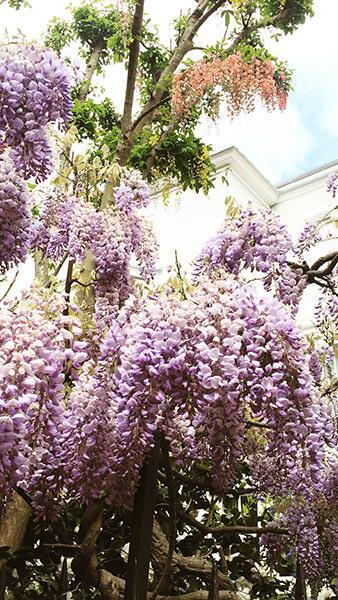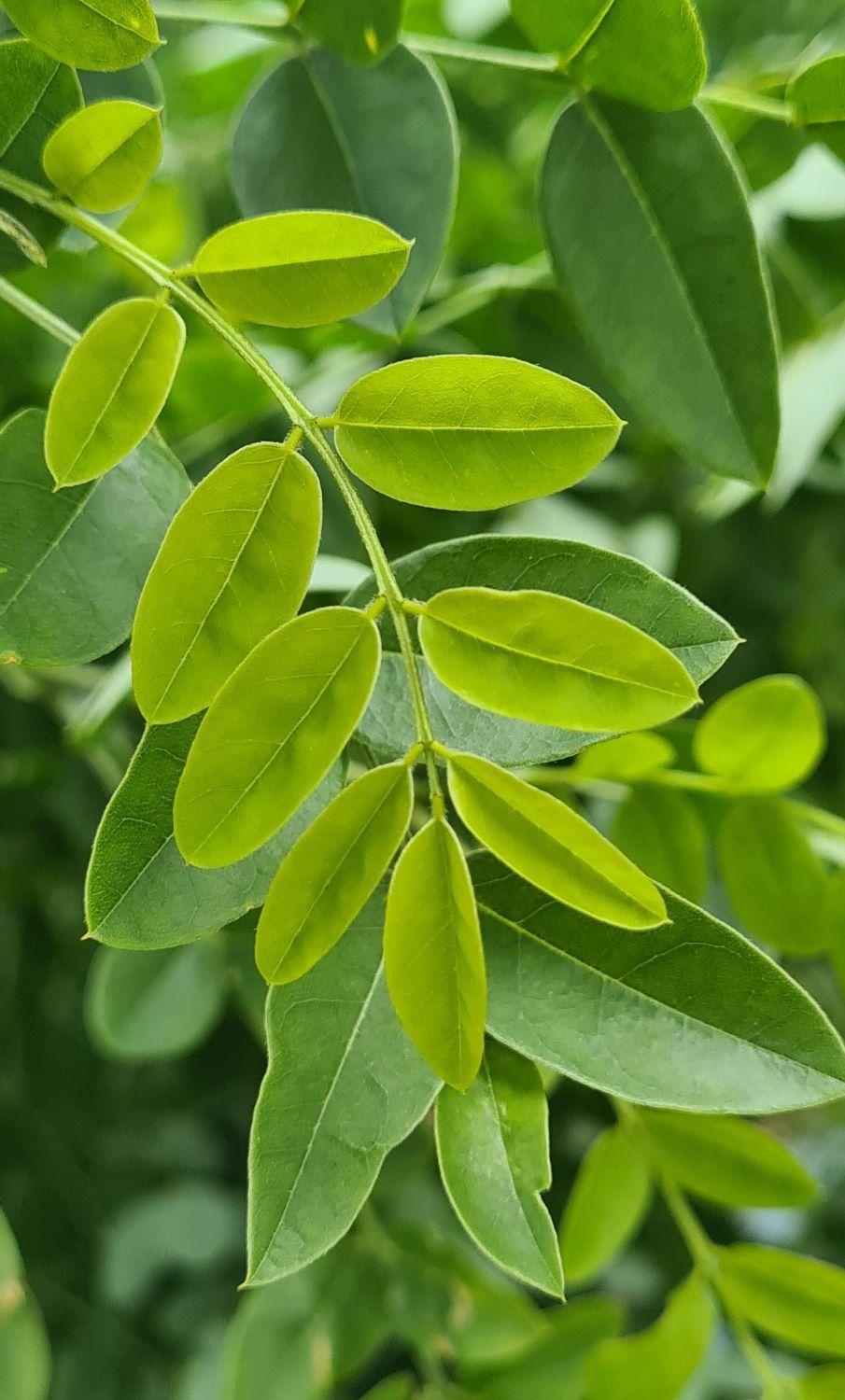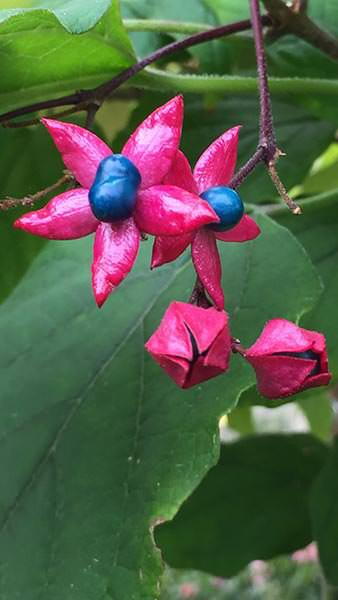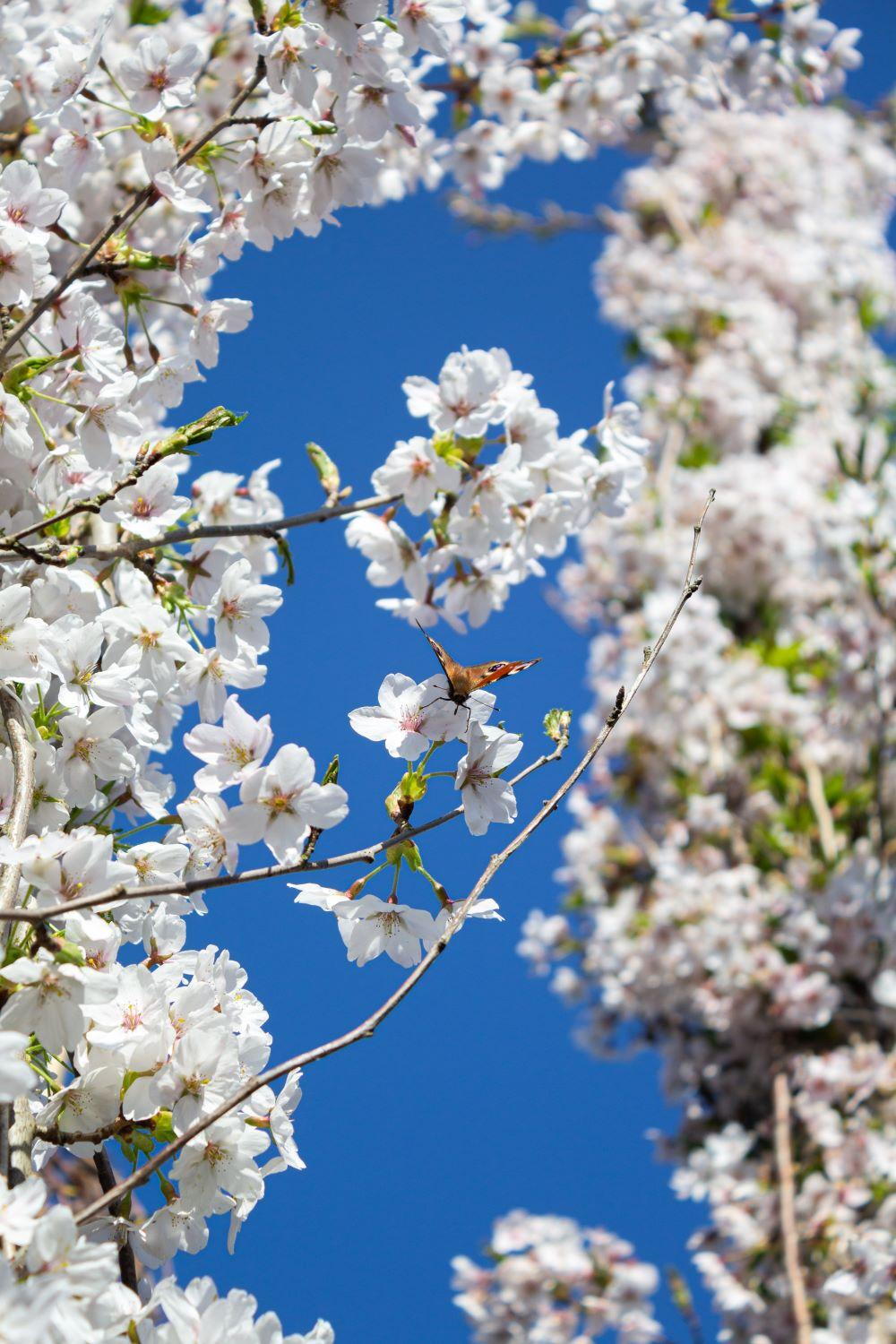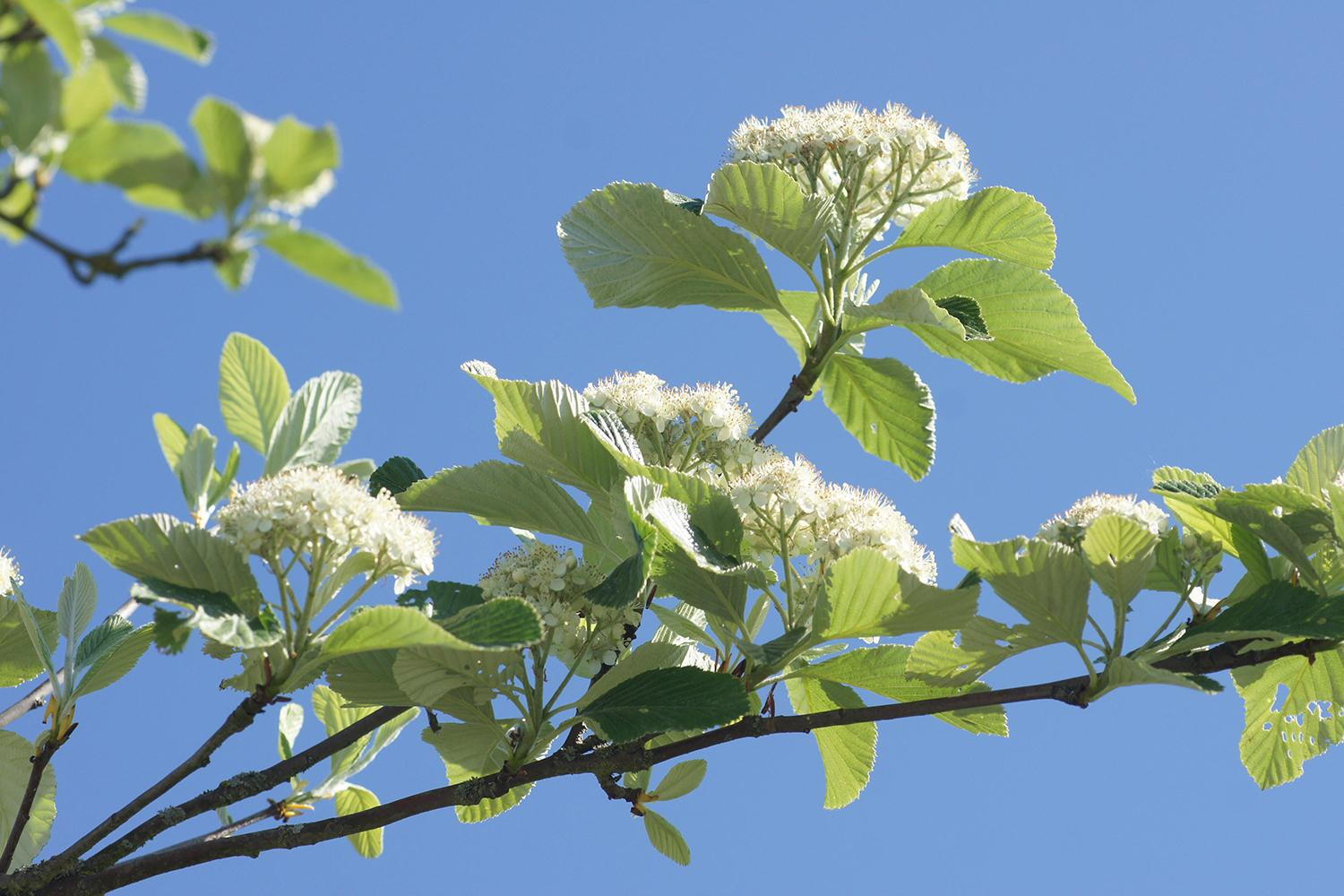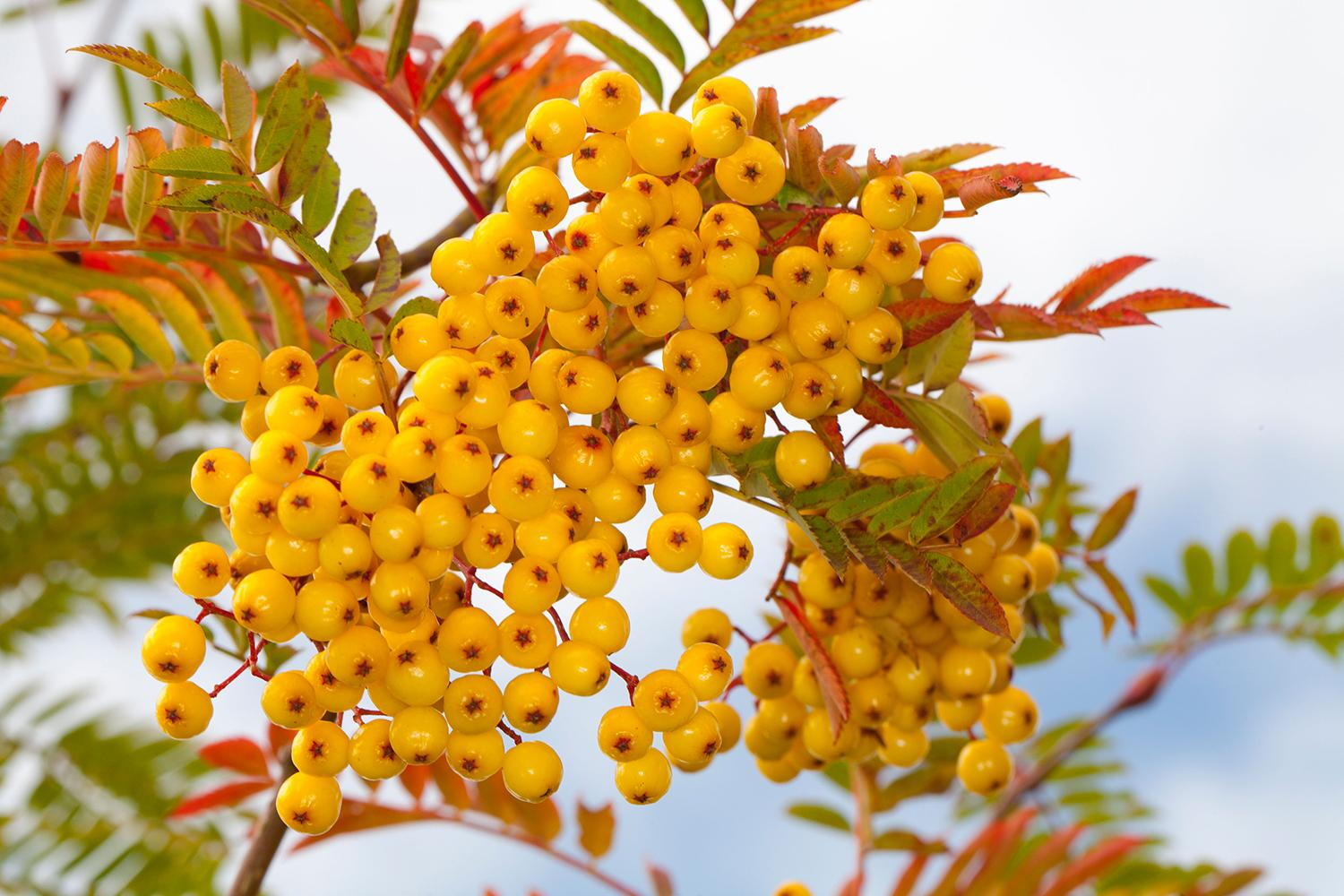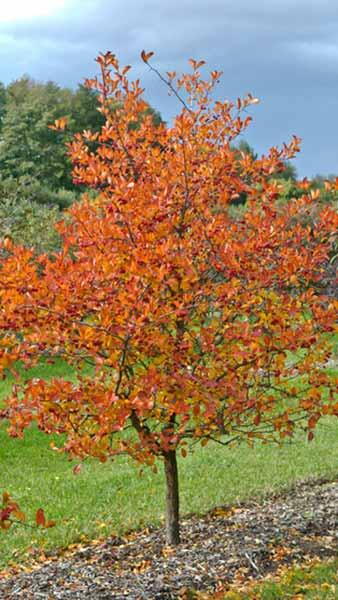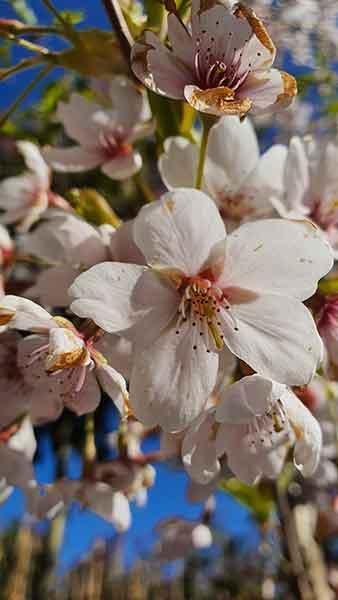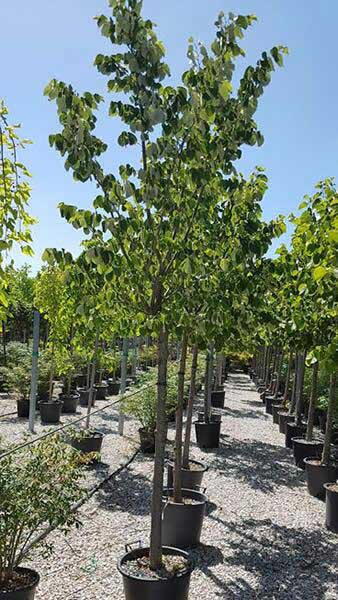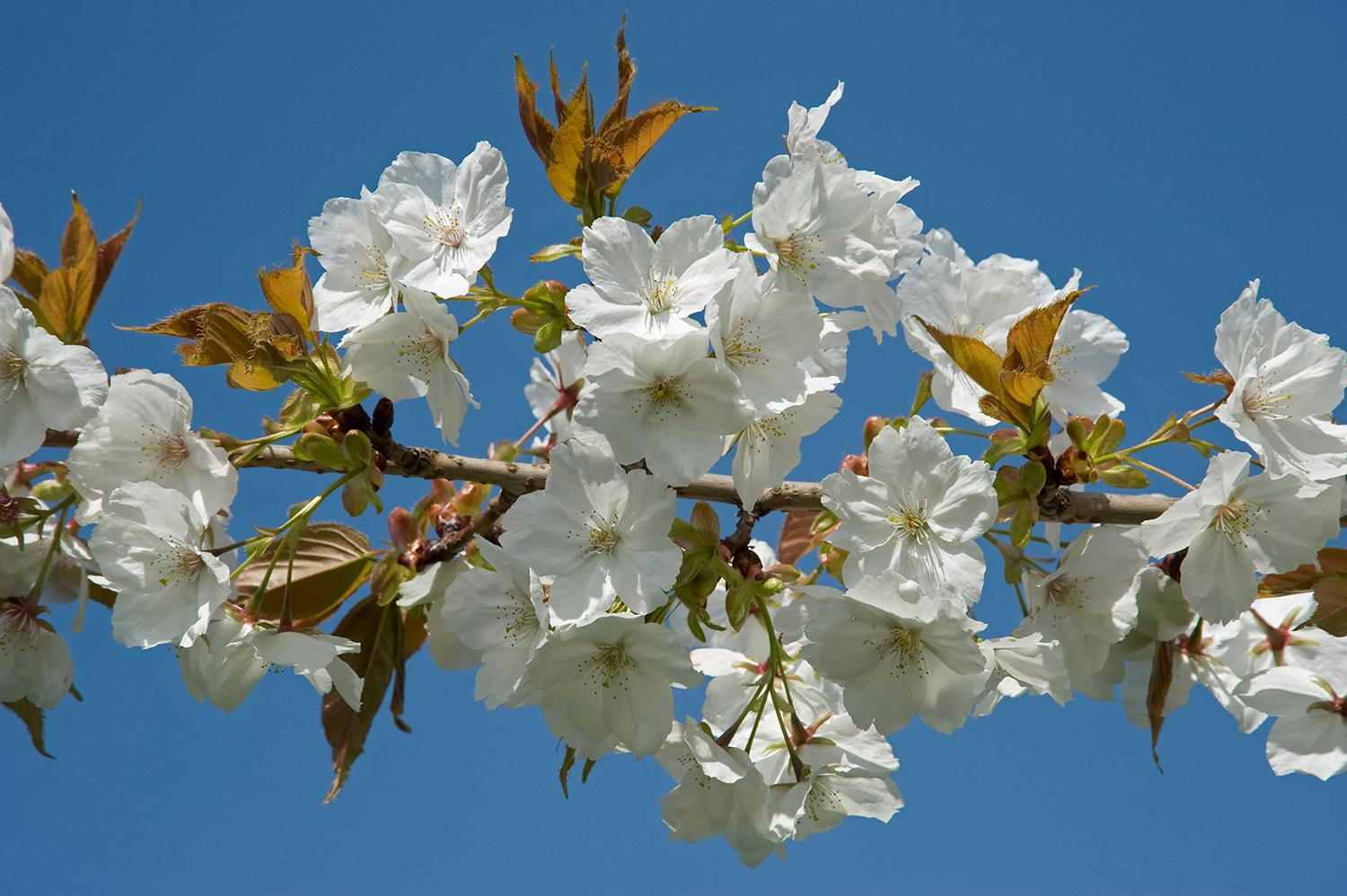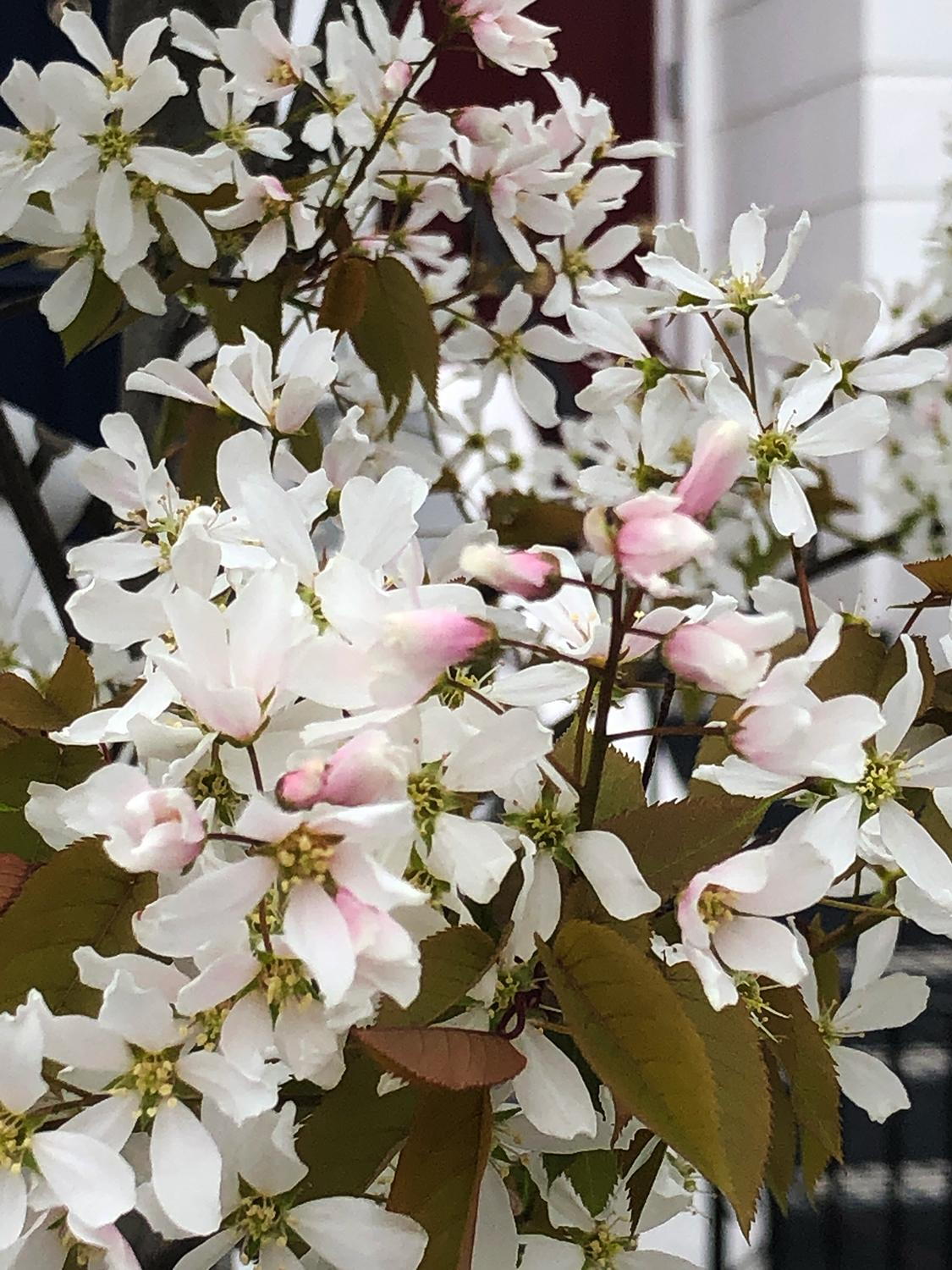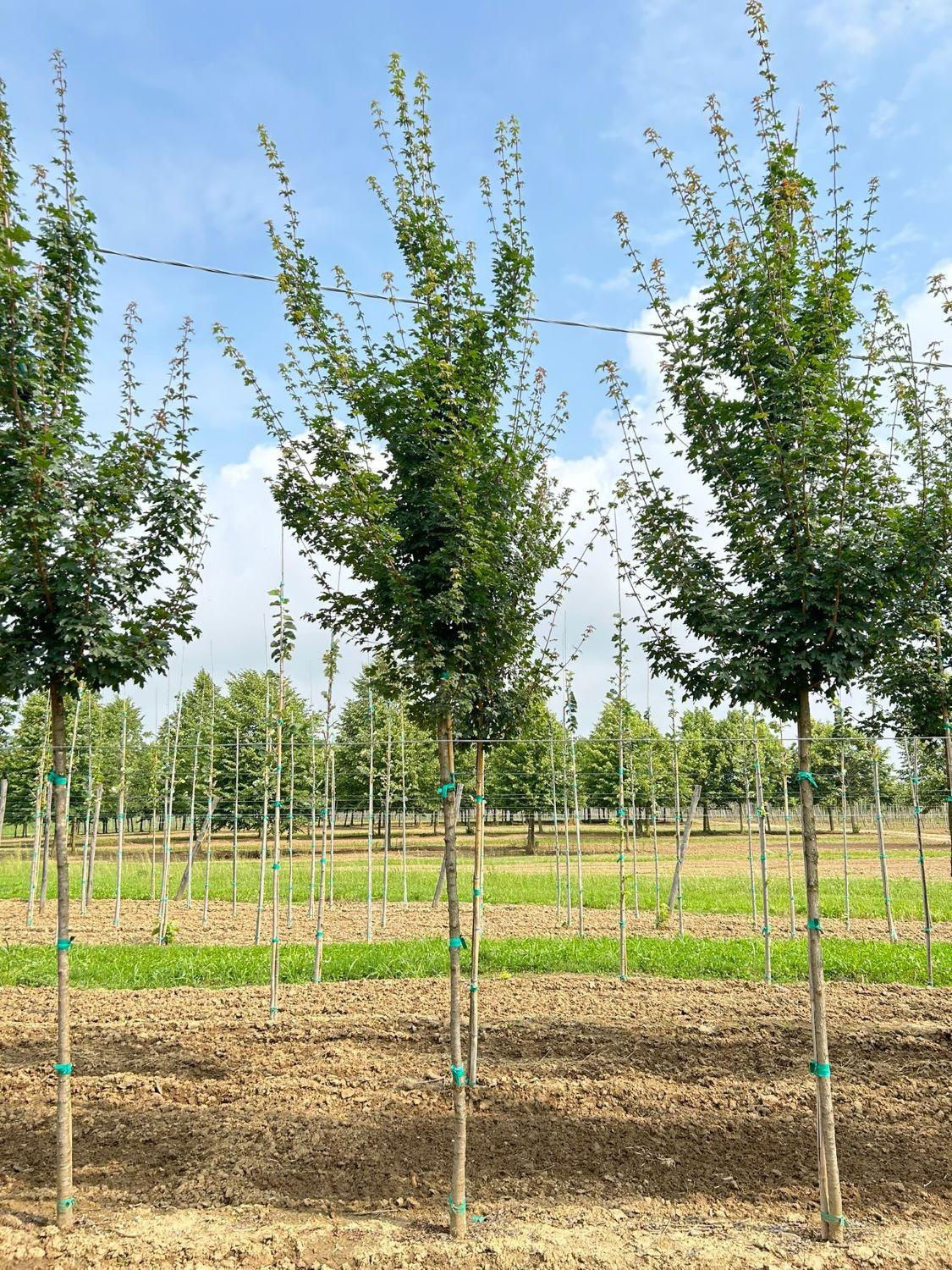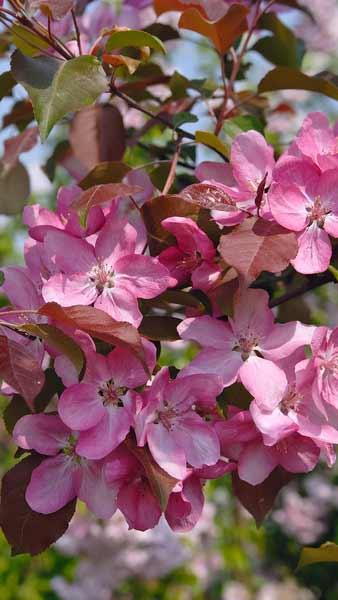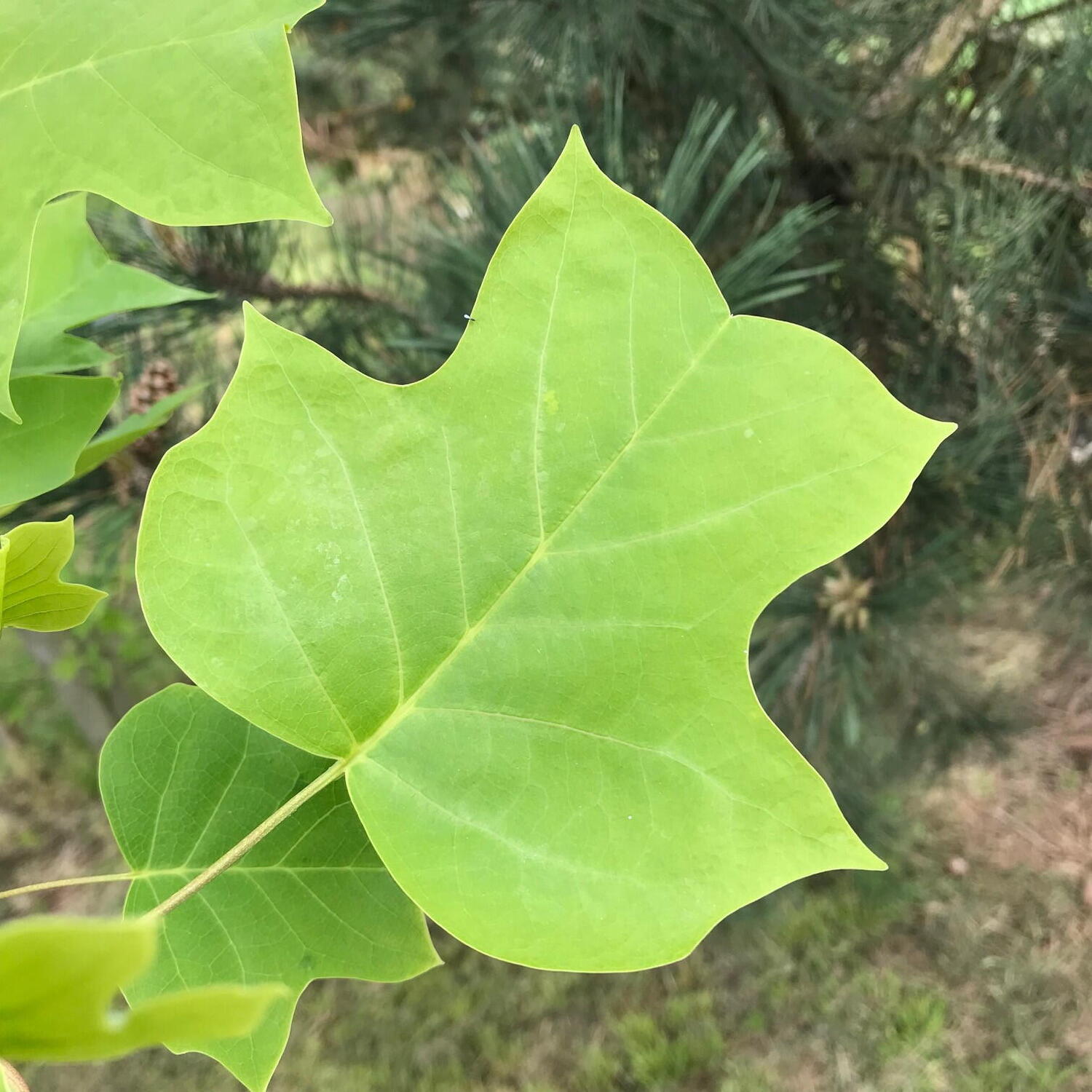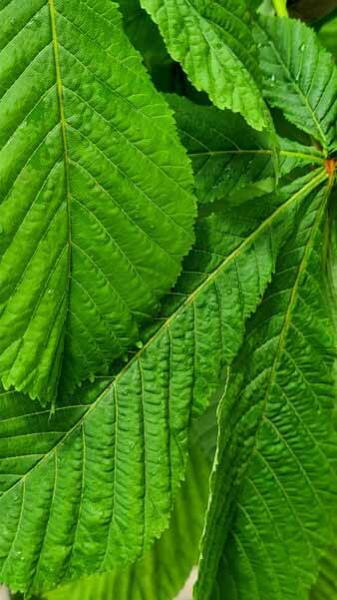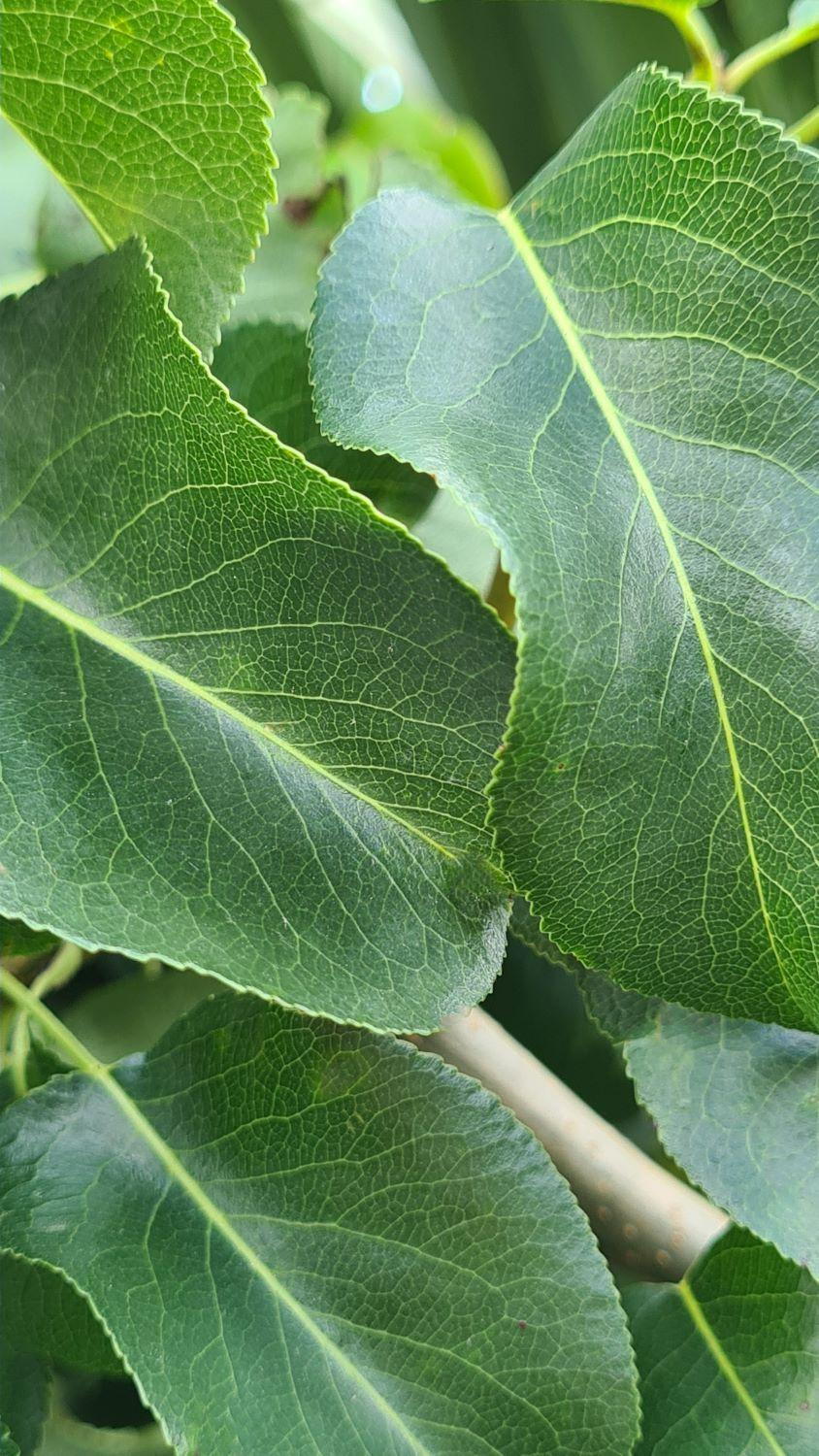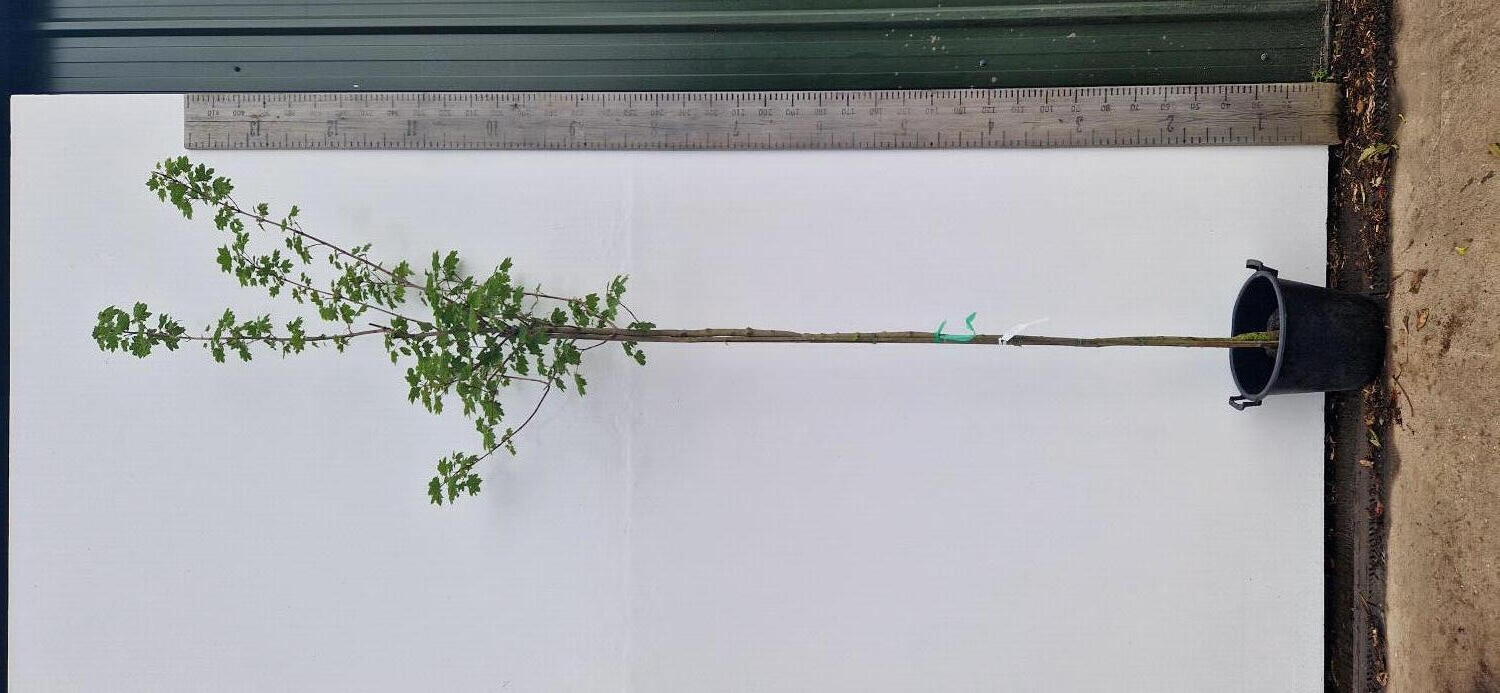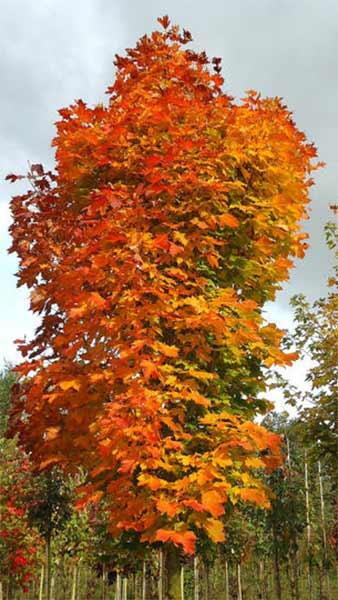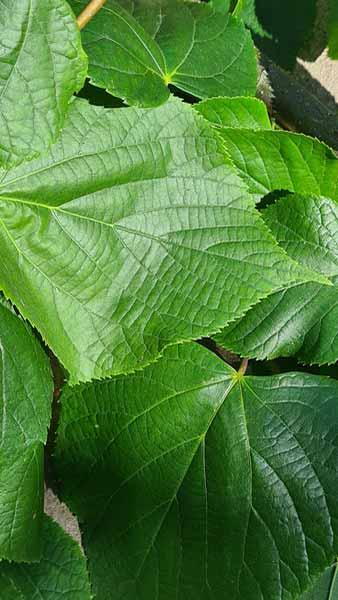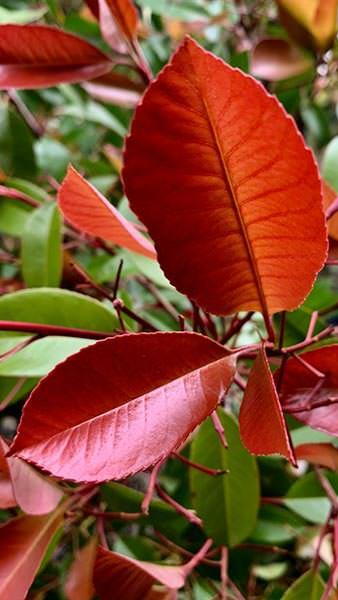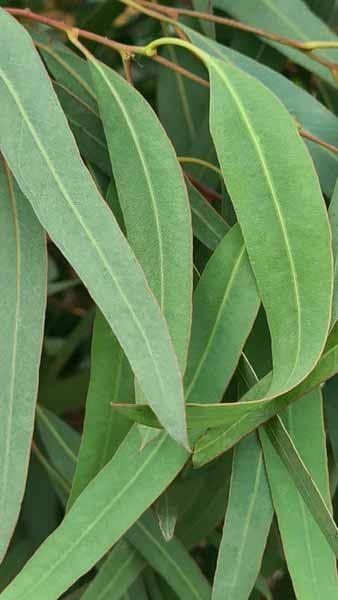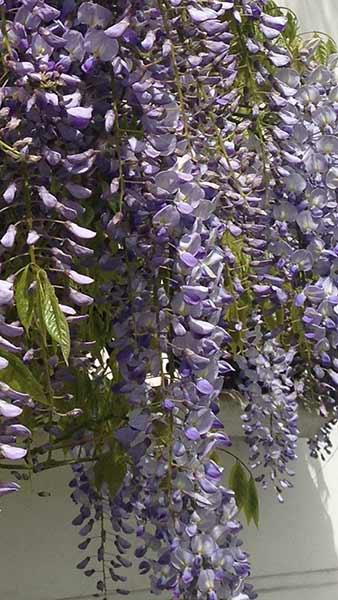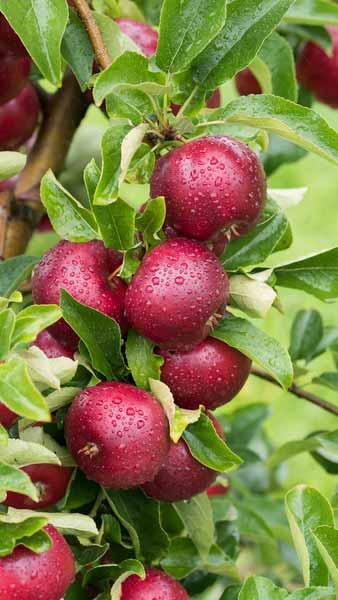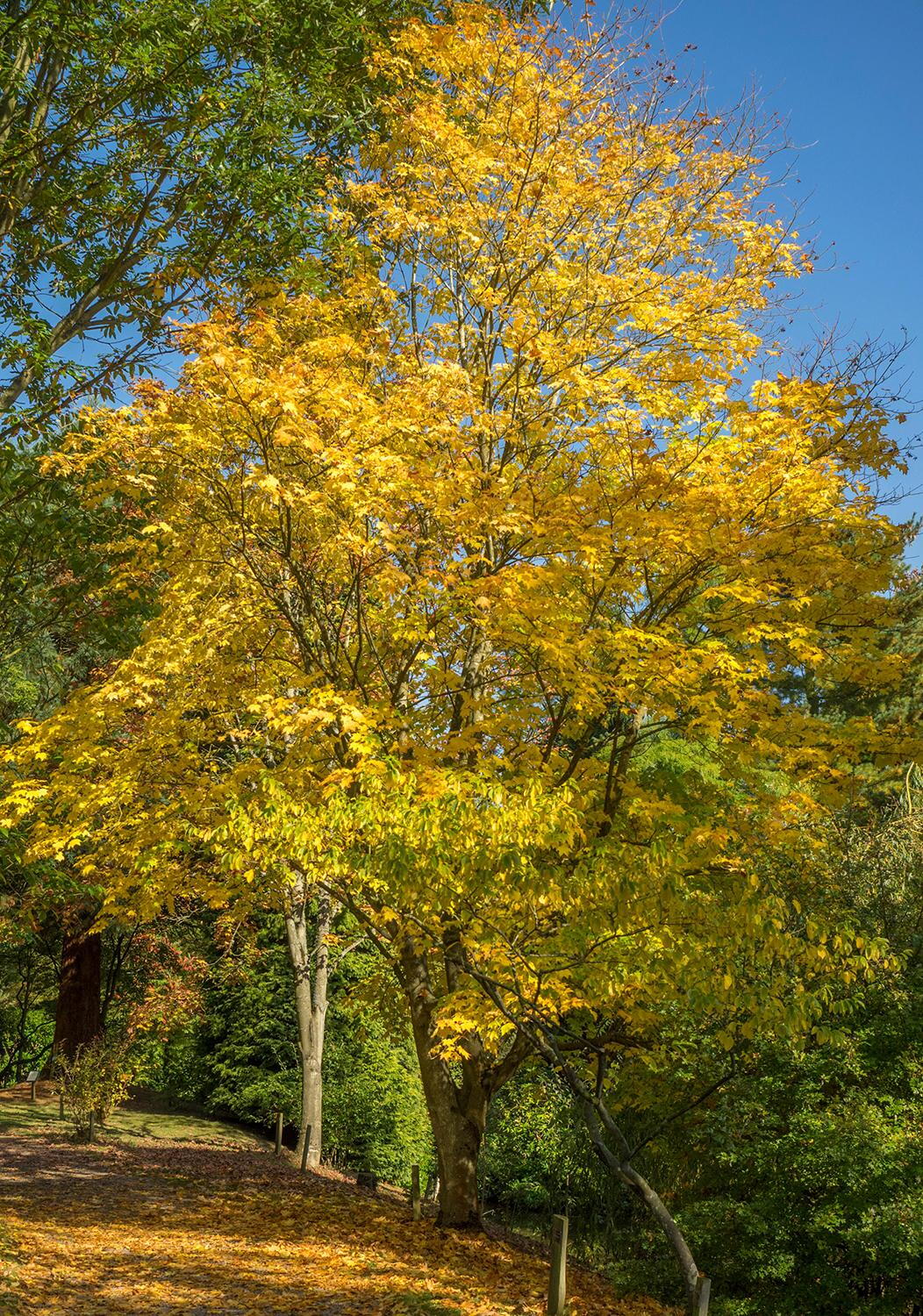Wisteria Floribunda Rosea or Pink Japanese Wisteria for Sale
Romantic and elegant, Wisteria Floribunda Rosea, also known as Pink Japanese Wisteria, is a twining climber prized for striking, showy features. Easily recognized because of the soft pink shade of the lush blossoms, this spectacular variety of Wisteria is hardy and easy to care for.When in full bloom, Wisteria Floribunda Rosea looks dazzling. In the spring, this climbing plant is completely enveloped by drooping clusters of pea-like, delicate pink flowers, each cluster up to 60 centimetres in length. The sweetly fragranced blossoms are lined along the clockwise twining vines, blooming from the base of the stem forward the top, bowing downwards against dark green, pinnate leaves. The pendulous flowers look even more striking when Wisteria Floribunda Rosea is trained along a trellis or an arbor, the flowers creating a stunning floral canopy. The deciduous foliage unfolds coppery, maturing to green in the summer. As the blooming season ends, the flowers give way to elongated, velvety legumes. Long-lived and strong-growing, this cultivar of Wisteria Floribunda flourishes in moist and well-drained soils. Choose a sunny spot for this deciduous climber, to ensure it flowers abundantly. When choosing a location for planting Wisteria Floribunda Rosea, make sure you choose a spot that will leave this eye-catching plant enough space to develop. When mature, this fast-growing plant can be up to 4 to 8 metres tall and 2.5 to 4 metres wide. Fully hardy in the UK, it won’t mind temperatures as low as -15 degrees. This cultivar is also reasonably resistant to pests and diseases. Hardiness of this plant, as well as its outstanding features, earned this flowering climber the prestigious Award of Garden Merit of the Royal Horticultural Society.Same as other Wisteria Floribunda varieties, the pink Rosea cultivar requires routine pruning twice a year, in the winter and summer. When first planted, this climber needs support and remains flexible even when mature.At home in cottage gardens and city gardens alike, this magnificent variety works well as a statement plant or as a lavish flowering border or a hedge. Wisteria Floribunda Rosea needs a supporting structure, so it’s often trained along a trellis, arbors, fences, pergolas or alongside a wall. The impressive effect of drooping blossoms, as well as their delicate scent, are best appreciated when this free-flowering climber is planted near a patio or a sitting area in the garden.If you’re looking for Wisteria plants with white, blue or purple flowers, take a look at our blog for other Wisteria varieties available.
